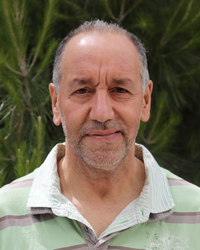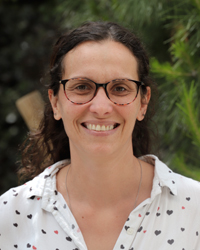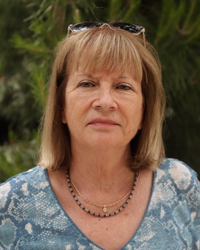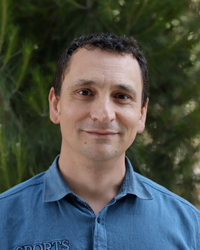At the interface of chemistry and biology, the team co-directed by Doctor Magali Gary-Bobo and Professor Alain Morère is developing new strategies combining targeting, imaging and therapy. More specifically, the aim is to develop synthetic sugars that can effectively target lectins implicated in various pathologies such as lysosomal overload diseases (rare genetic diseases) or solid cancers.
Among lectins, we are particularly targeting the cation-independent mannose 6-phosphate receptor (RM6P-CI) with stable mannose 6-phosphate analogues. Several families of compounds have been developed in monosaccharide or disaccharide series to vary RM6P-CI affinity and biodistribution. These analogues are functionalized at the anomeric position to enable different types of ligation to multifunctional nanoparticles for cancer imaging and therapy, drug-enzymes for the treatment of lysosomal overload diseases or therapeutic antibodies to improve intracellular antibody routing and enhance their therapeutic efficacy. We are also studying the effect of synthetic or natural molecules on the inhibition of tumor progression in different cancer lines.
We use human cell models (cell lines or primary cultures) derived from healthy or cancerous tissue. These cells, cultured in 2 dimensions (cell mats) or 3 dimensions (spheroids), enable us to carry out experiments to determine the in vitro efficacy of the compounds to be studied. We also have the equipment needed for in vivo experiments on zebrafish embryos for studies of biocompatibility, bioavailability and anticancer therapeutic efficacy, with molecules or nanoparticles that are autonomous or photoactivatable by visible or near-infrared wavelengths.
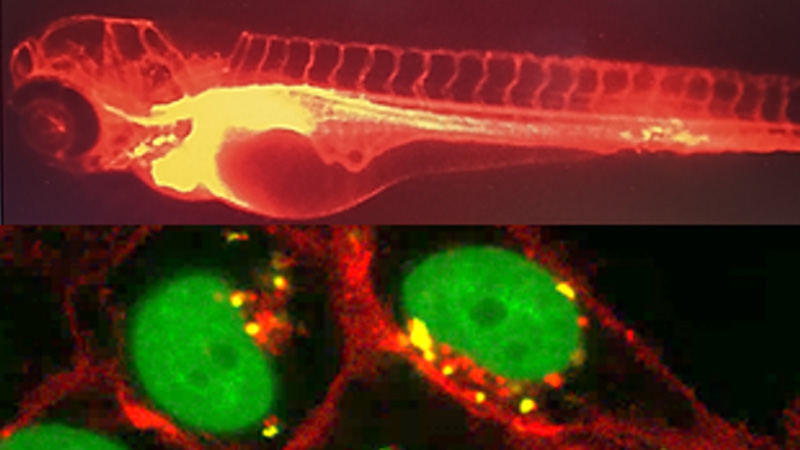
Our Themes
Lectin targeting
Synthetic glycovectors
Photodynamic cancer therapy
Nanomedicine and nanovectorization
In vitro (human cells) and in vivo (zebrafish embryos) biological models
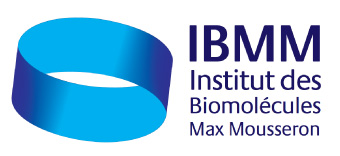
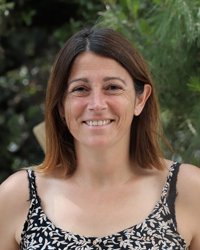 Magali GARY-BOBO
Magali GARY-BOBO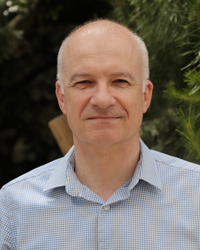 Alain Morère
Alain Morère